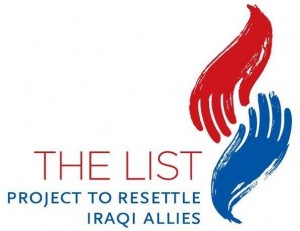A UNHCR press release issued on Friday, December 7 explores some of the difficulties that agencies such as UNHCR face when reporting on refugee figures, and returns in particular – difficulties that can lead to the sometimes conflicting reports that get issued.
Part of the problem, according to the press release, is that not everyone being counted is a refugee:
[The number of returning refugees reported] includes all categories of Iraqis, including bus and taxi drivers, and not just refugees who returned for good. UNHCR does not have a 24-hour presence at the border and relies on various sources to estimate numbers.
Adding to the difficulty in understanding the current state of the refugee crisis are the many and varied reasons for which people return to Iraq. According to UNHCR spokesman William Spindler:
“UNHCR staff have spoken to a wide range of refugees before they left Syria, and some said they were returning because they believed that security had improved, while others said they had run out of resources and feared the winter period when the cost of living jumps. Others are leaving because they have outstayed their visas,”…
Some also wanted to arrive before the end of the year to enable their children to enrol in school, the spokesperson said, while adding that there was “a real concern among the returnees about longer-term security with many saying they are only returning to areas where they feel secure because of the local security arrangements in place.”
The rest of the press release discusses other issues faced by refugees in Syria and Lebanon, many of which have been discussed previously on this blog, but it is well worth reading.
